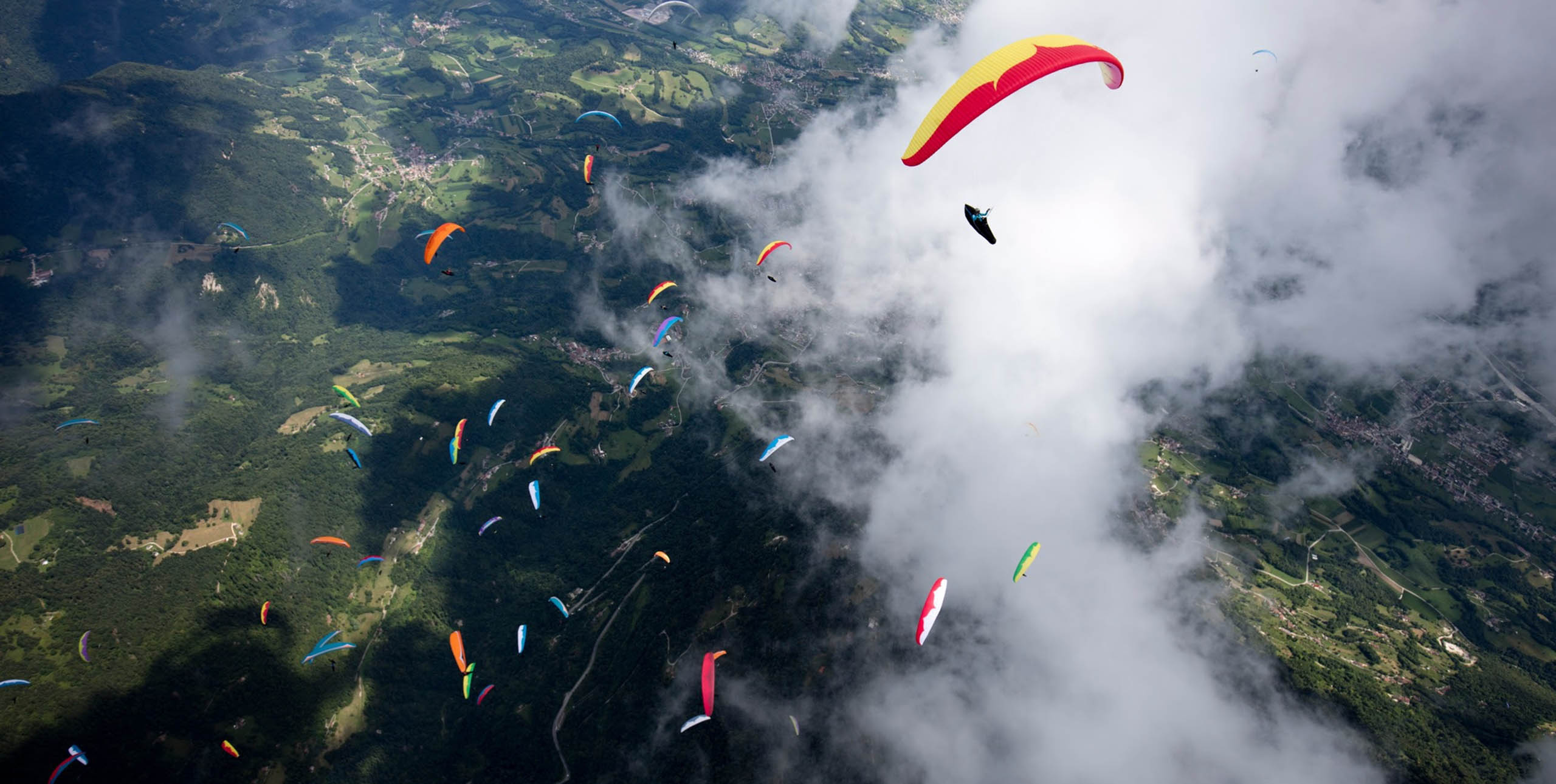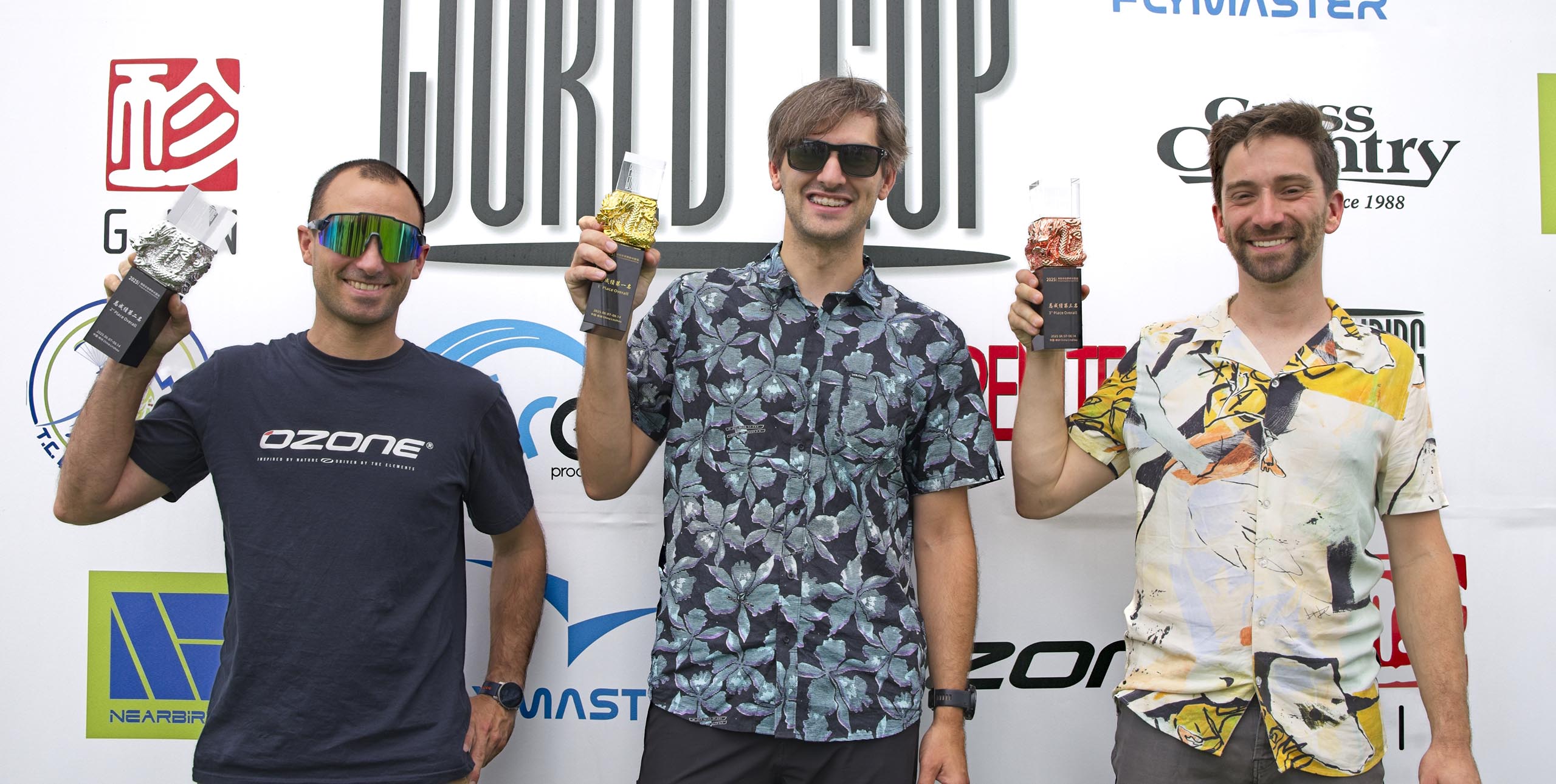30-seconds of paragliding at La Cumbre in 2009
A new Paragliding World Cup is scheduled to take place in South America. The event will take place from February 9-14, right in the middle of Argentina’s summer. Cordoba, Argentina will welcome the best paragliding pilots in the world for what promises to be a great competition.
Paragliding is growing in South America. The number of pilots has doubled just in the last year, and several PWCs have already been held in Brazil and Venezuela. With the huge Andes range as the spinal cord of our continent, every country can offer a wide array of flying sites to suit any style.
Argentina is no exception in revealing a diversity of flying. Choose from the prevailing light conditions and wide thermals of the pampas, to the extremely big air of El Bolson in southern Argentina, and anything in between.
The province of Cordoba, located about 700 km northwest of the capital,Buenos Aires, is home to the largest number of paragliding pilots in Argentina. A mountain range with east and west faces cuts the province in half, so flying sites are abundant.
On the western side of the mountains, Niña Paula, at only 340 metres agl, offers excellent conditions, and it’s from here that local hero Marcos del Rio set the national record of 118 km. It seems only logical that Cordoba, and its gaggles of Condors, is to become the first Argentinian host for a PWC, with two sites planned for the competition: Cuchi Corral and Las Gemelas.
After a short drive out from La Cumbre, you reach Mirador Cuchi Corral, or the Cuchi Corral viewpoint, and this is the take off area. Even thought it is only 480m agl, for the unexperienced pilot, it seems a lot more!
The horizon stretches out to infinity, with the Rio Pintos crossing the valley, and the Andes foothills just barely visible across the flat plains. Conditions are usually strong around the take off area, and are even stronger at “La Norte”, a mountain ridge to the north.
Lighter conditions for those radical days can be found in “El Permanencia” (a hill range used for soaring flights during the winter), situated just south of the take-off area. After thermalling up as high as 3500 metres asl, most pilots try their luck going east, towards the valley, flying across the flats.
Las Gemelas is located on the east side of the valley and about 30 km from Cuchi Corral. The site overlooks the town of Capilla del Monte and it faces Uritorco peak, the highest mountain in the valley. To make it to the top, pilots hike, take a horse, or more recently, take four wheel drive cars to the top.
Summer months offer strong turbulent conditions, with wide thermals in the valleys once you leave the mountains. Prevalent winds are from the north, so a trip to the city Carlos Paz or its lake (ca. 55 km south) is not uncommon. Nowadays, out and return trips between the two mountain chains (and the two selected sites for this competition) are frequent as pilots learn more about flat area flying conditions.
The organising committee, led by Andy Hediger, is doing everything it can to ensure the success of the event. I guarantee that if conditions are as expected for this time of the year, pilots and spectators will not be disappointed.











